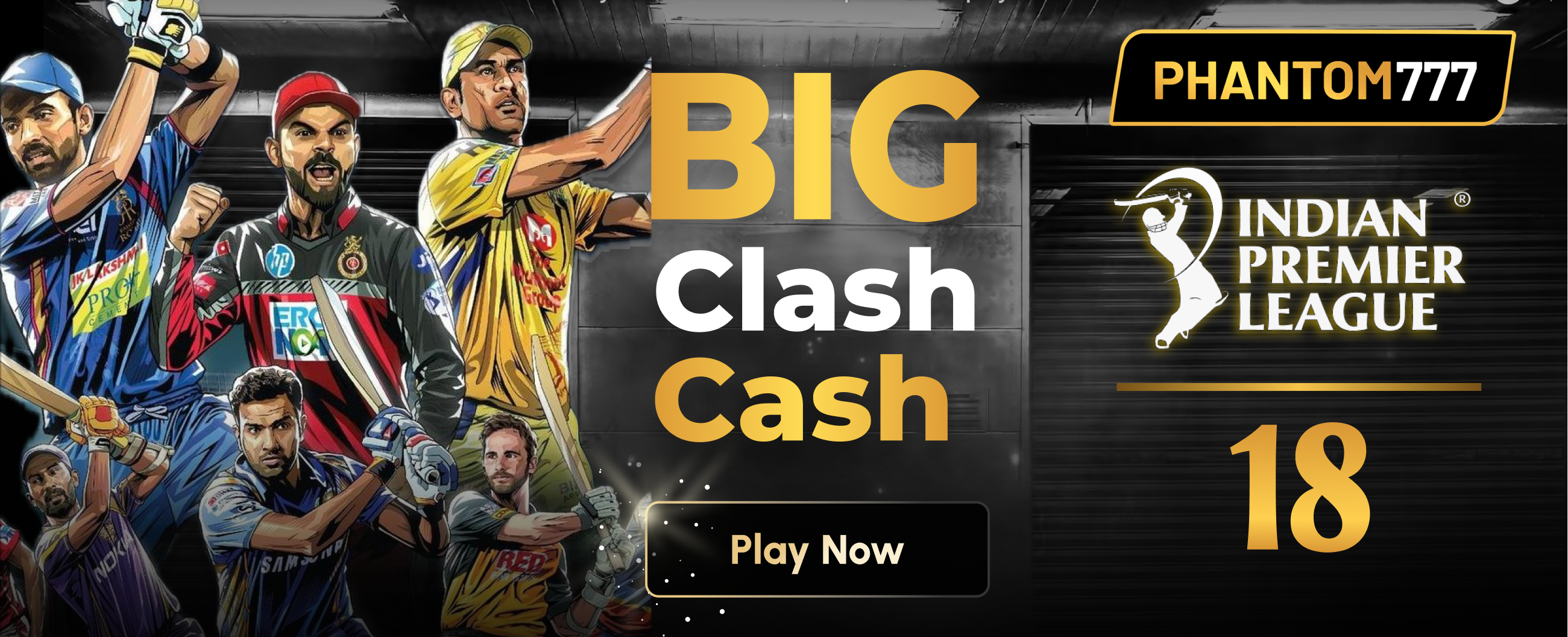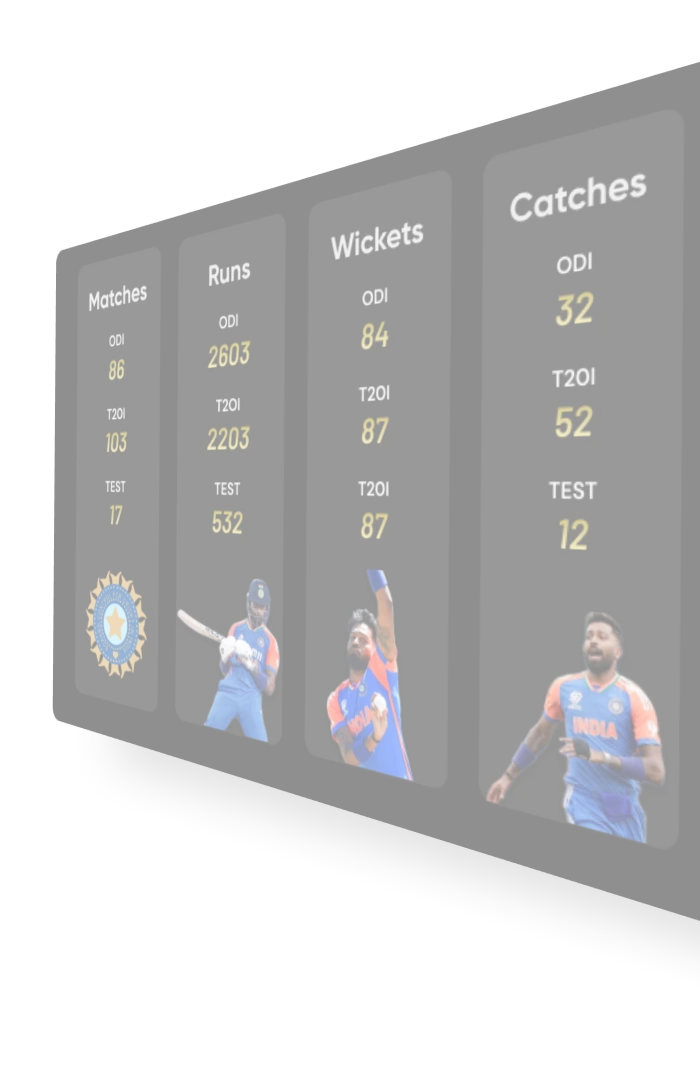
Table Of Contents
Wankhede Cricket Stadium, Mumbai Overview
Located in the heart of India’s bustling financial capital, the Wankhede Stadium in Mumbai stands as one of the most iconic venues in the cricketing world. With the Arabian Sea close by and the energy of South Mumbai ever-present, Wankhede exudes a unique blend of heritage and intensity. Established in 1975, it has since become synonymous with Indian cricket’s greatest moments, including World Cup glory and unforgettable personal milestones.
The stadium has a seating capacity of around 33,000 and serves as the home ground for the Mumbai cricket team as well as the Mumbai Indians in the IPL. But in the Test arena, it is known for its lively crowds, fast outfields, and surfaces that evolve dramatically over five days. From Kapil Dev’s brilliance to Sachin Tendulkar’s farewell, Wankhede has witnessed some of the most cherished events in red-ball cricket.
Wankhede Pitch Report
The pitch at Wankhede offers a classic subcontinental experience starting out with true bounce and aiding strokeplay before gradually wearing down to become spinner-friendly. Unlike many other Indian grounds, Wankhede’s surface has a reputation for offering early assistance to seamers thanks to the red soil and the sea breeze that often helps conventional swing.
Batters who apply themselves in the first couple of sessions can find value for their strokes with the ball coming nicely onto the bat. The quick outfield and compact boundaries only add to the scoring rate. However, as the game progresses, footmarks develop and the surface starts to break down, especially from Day 3 onward, giving spinners a vital role in the outcome.
Wankhede Pitch Report: Batting or Bowling?
Historically, Wankhede presents a fair contest between bat and ball. Teams batting first have had more success here, particularly if they can post a commanding total in the first innings. The initial conditions often support pace bowlers there is carry and a hint of seam movement but those spells are usually short-lived as the pitch flattens out during the second and third days.
Toss decisions at Wankhede tend to lean towards batting first, as the surface generally deteriorates by Day 4, making it tough to bat last. Spinners become increasingly dangerous in the final innings as the ball begins to grip, turn, and occasionally stay low. The fourth innings at Wankhede is statistically one of the more difficult places to chase in Indian conditions.
So while the surface does provide early opportunities for bowlers, particularly pacers, the overall advantage still rests slightly with teams that bat first and dictate terms from the outset.
Toss and Match Outcome Results (Batting/Bowling)
Here's a look at the outcome of Test matches at Wankhede Stadium, Mumbai based on the decision taken at toss:
Day-Wise Pitch Behaviour
On Day 1 the red soil pitch starts with a bit of juice for fast bowlers, especially in the morning session. Seamers can extract bounce and movement with the new ball, making batting slightly tricky early on. However, once the shine goes off, batting becomes more comfortable. Day 2 & 3 are the best days for batting at Wankhede. The bounce evens out, and the pitch becomes more true. High-scoring partnerships are common during this phase, and spinners generally have limited impact unless bowling to a well-set plan.Day 4 is where the surface starts to show visible signs of wear. Cracks develop, and spinners begin to come into the game. Batters need to apply themselves more cautiously, especially when facing quality spin attacks. On Day 5 the pitch is usually quite worn. Variable bounce, rough patches, and turn make life hard for batters. Bowlers—especially spinners—tend to dominate, and fourth-innings targets over 250 become particularly tricky.
Wankhede Cricket Stadium Test matches Stats & Records
Here's a look at all the key and important Test match records at the Wankhede Cricket Stadium in Mumbai over the years
Team Records at Wankhede Stadium, Mumbai
Most Successful Test Teams at Wankhede Stadium, Mumbai
Based on purely winning percentages South Africa and New Zealand have the best prevent with 100 and 50 but they have played only one and two test matches in total. Hence the home side India with 12 wins in 27 Tests with a percentage of 44.44 are the most successful team at the Wankhede Stadium in Mumbai.
Most Runs by a player in Test at Wankhede Stadium, Mumbai
Legendary Indian batsman Sunil Gavaskar is the leading run score in Tests in Wankhede with 1122 runs in 11 innings at an average of 56.1 and scoring five centuries and one double century.
Most Centuries by a player in Tests at Wankhede Stadium, Mumbai
Sunil Gavaskar is the player with the most centuries at th Wankhede Stadium with five hundreds to his name. He is followed by Dilip Vengsarkar, Syed Kirmani, Ravi Shastri, and Cheteshwar Pujara who each have two centuries.
Most wickets by a player in Test at Wankhede Stadium, Mumbai
Legendary Indian spinner Ravichandran Ashwin who recently retired in December 2024 is the player with most wickets at the Wankhede stadium. He's pretty cked up 41 wickets in just 6 matches with his best bowling figures 6/54 and an average of 19.75. The only Indian bowlers not in this list are Ajaz Patel (New Zealand) and Ian Botham (England) who have 22 and 25 wickets each.
Iconic Test Matches Played at Wankhede Stadium, Mumbai
The Wankhede Stadium in Mumbai stands tall as one of the most celebrated cricket venues in India. Nestled near Marine Drive with the Arabian Sea in the backdrop, this iconic ground has been the site of many unforgettable moments in Test cricket. Since its establishment in 1975, Wankhede has hosted a multitude of high-stakes contests, historic milestones, and dramatic finishes that have etched themselves into the annals of the sport.
Whether it’s legendary farewell innings, record-breaking feats, or emotional victories, Wankhede’s aura is undeniable. Let’s take a look at some of the most iconic Test matches played at this storied venue.
Tendulkar’s Farewell Test (2013)
Perhaps the most emotional Test match in Indian cricket history was played at Wankhede in November 2013—Sachin Tendulkar’s farewell. The cricketing world came to a standstill as the Master Blaster donned the whites for one final time in front of a packed Mumbai crowd.
India took on the West Indies, and while the match itself was one-sided, with India securing an innings victory in just three days, the real story was Tendulkar’s poignant farewell knock of 74. The standing ovation, the teary-eyed fans, and his heartfelt speech afterwards made it an iconic moment not just for the stadium, but for the sport globally. Wankhede will forever be remembered as the place where a legend bowed out with grace.
India vs England – Virat Kohli’s Masterclass (2016)
In December 2016, Wankhede hosted a high-octane clash between India and England. It turned into a showcase of Virat Kohli’s brilliance, as the Indian captain scored a majestic 235—his highest Test score at the time.
India posted a mammoth 631 in response to England’s first-innings 400, setting the stage for an emphatic innings victory. Kohli’s knock, marked by poise, aggression, and timing, was one of the finest ever seen at the ground. The Test also highlighted the rise of India’s spin duo—Ravichandran Ashwin and Ravindra Jadeja—who decimated England’s batting lineup in the fourth innings.
The 10-Wicket Haul – Ajaz Patel’s Historic Feat (2021)
In December 2021, Wankhede witnessed a rare cricketing miracle. New Zealand spinner Ajaz Patel etched his name into the history books by becoming only the third bowler in Test history to take all 10 wickets in an innings.
His 10/119 in India’s first innings was a performance for the ages. Despite New Zealand going on to lose the match by a huge margin, Ajaz’s feat was celebrated worldwide. It was a moment that reminded fans why Test cricket remains the purest and most rewarding form of the game.
India’s First Test Win at Wankhede (1976)
Back in 1976, Wankhede hosted only its second-ever Test match—and it was here that India registered their first-ever win at the venue. Facing New Zealand, India posted a solid total and then bowled out the visitors twice, thanks to fine performances from the likes of Bishan Singh Bedi and Eknath Solkar.
The victory marked the beginning of a long-standing dominance for India at Wankhede in the years to follow.














